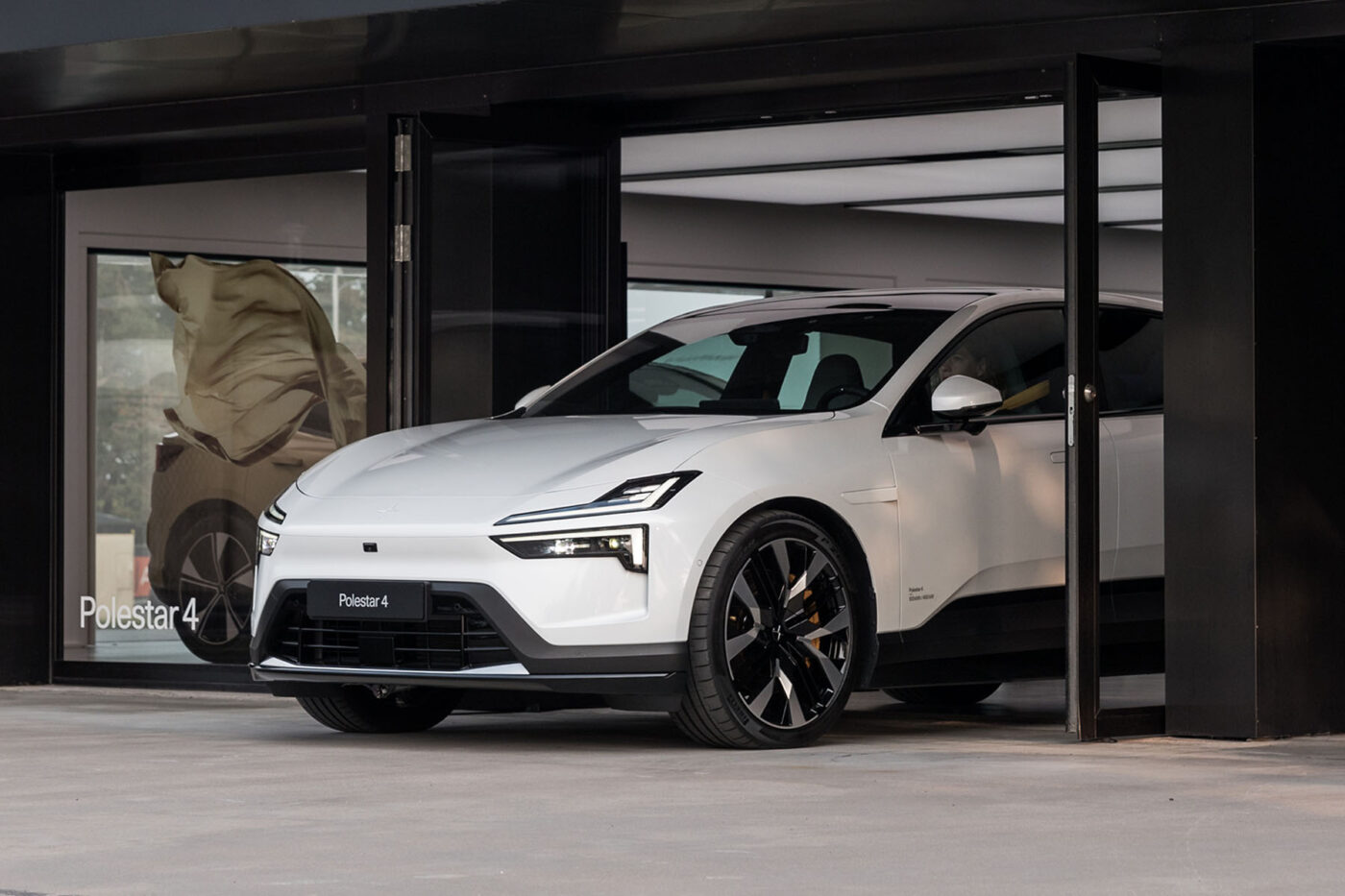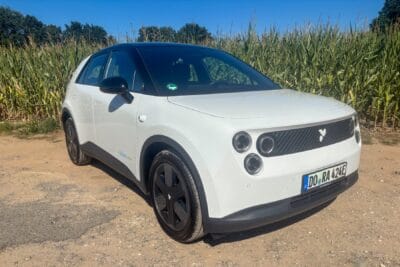Polestar borrows further capital and postpones financial report
In a short statement, Polestar announced that it received a 12-month term facility of up to 450 million dollars (around 432 million euros). It was only in December that the company signed credit agreements for more than 800 million dollars (around 768 million euros) with a term of twelve months to repay old loans. Polestar’s capital requirements thus remain high. At the same time, the car manufacturer is pursuing a new strategy, developed under the new CEO Michael Lohscheller, which envisages a rapid return to profitability after heavy losses: Polestar should achieve positive adjusted EBITDA as early as 2025.
Meanwhile, Polestar is still not disclosing its 2024 financial figures. The company does not intend to publish its quarterly figures and annual financial statements for 2024 until April. Polestar initially wanted to do so in March after pushing back the release the first time. According to Reuters, the further delay is likely because Polestar had to reissue some of its previous financial reports due to errors.
Nevertheless, it is certain that 2024 was still a loss-making year. That is because the updated corporate strategy still needs preparation to take effect. The roadmap updated under Lohscheller envisages average annual growth in retail volume between 30 and 35 per cent for 2025 to 2027. The growing model range should help – for a long time, the brand only had one model series on offer with the Polestar 2, but the large electric SUV Polestar 3 and the mid-size crossover Polestar 4 are now also being delivered – a large GT called Polestar 5 and an electric roadster with the code number 6 are in the pipeline.
However, Polestar is not just focussing on new products under Lohscheller. The company is aiming for further improvements in margins, fixed costs and working capital from 2026. A positive free cash flow after investments should follow in 2027. However, the strategy update does not reveal exactly how this will be achieved. The company does not mention any specific measures or amounts that will be generated through savings programmes. According to the German Manager Magazin, however, the cost reduction will be accompanied by further job cuts among the 2,500 employees.
One area that Polestar is already tackling is sales. The company is reorienting itself towards traditional car sales. In parallel to online sales, the Geely brand will also use Volvo’s dealer network to achieve the targeted growth. The shift in sales strategy away from pure online sales is to be completed this month.
Polestar has independent ‘Spaces’ and also exhibition areas at some Volvo dealerships, but – as with Tesla, for example – these are primarily used to provide information about the vehicles and for first impressions. However, the ordering process itself is handled online. With this concept, Polestar sold just under 45,000 cars worldwide last year, specifically 44,851 units. By 2023, this figure had risen to almost 53,000 units. However, the decline is not only due to the lack of stationary dealerships to date, but also to the available models. Despite a facelift, the Polestar 2 is showing signs of age and the newer Polestar 3 and Polestar 4 models did not launch until 2024.





0 Comments